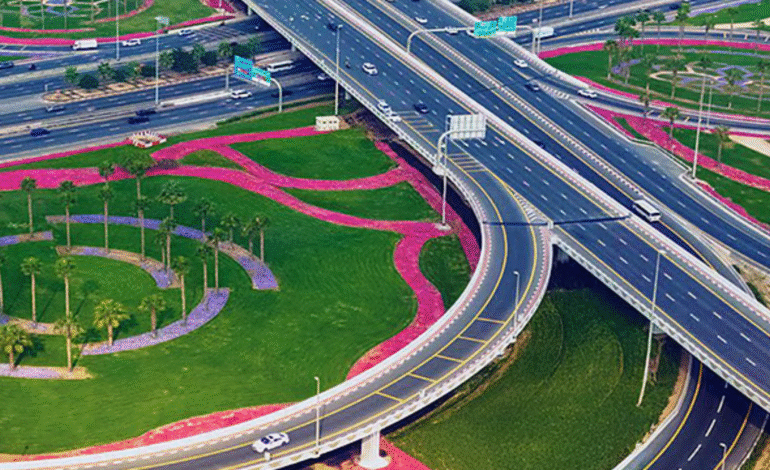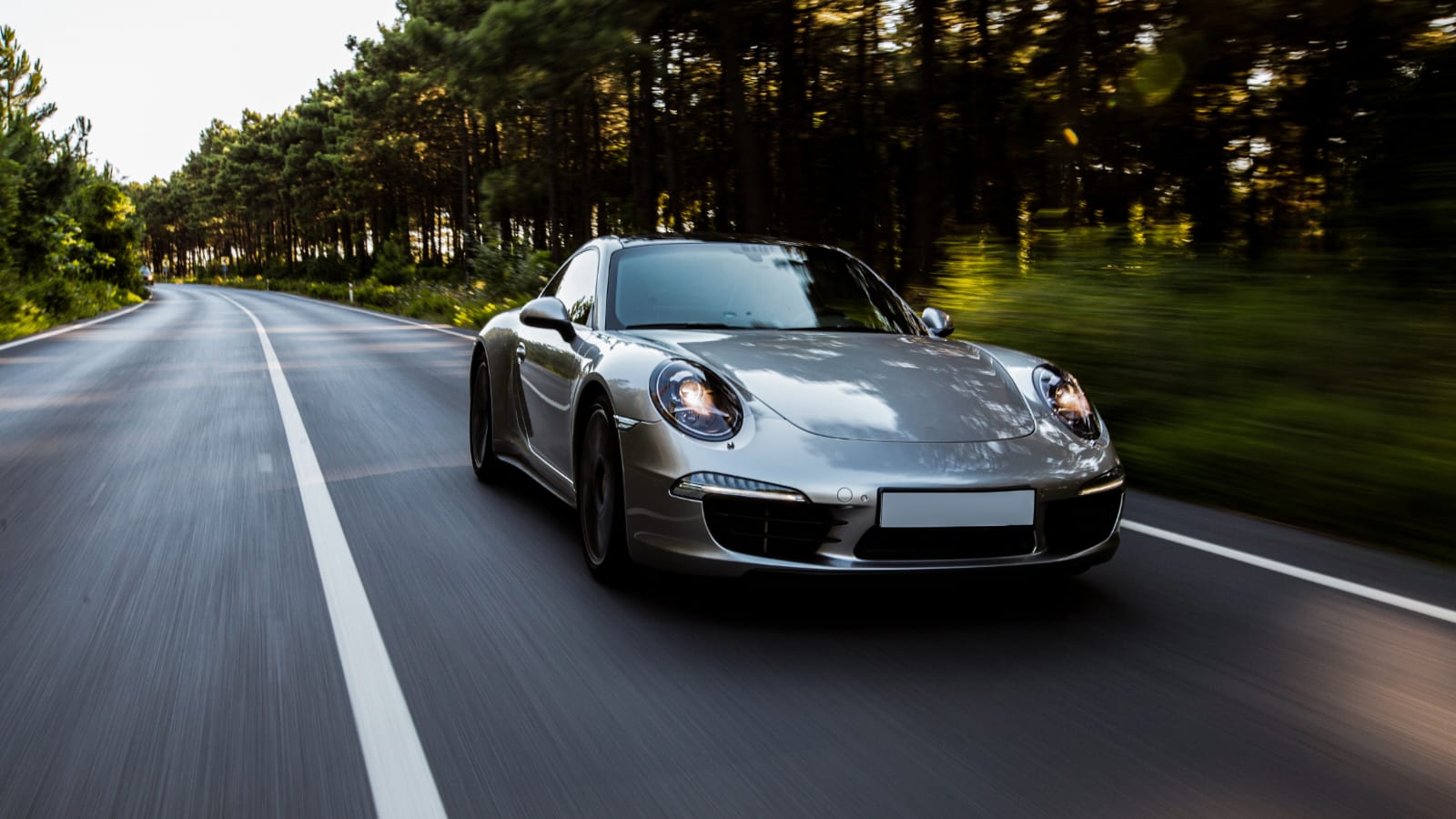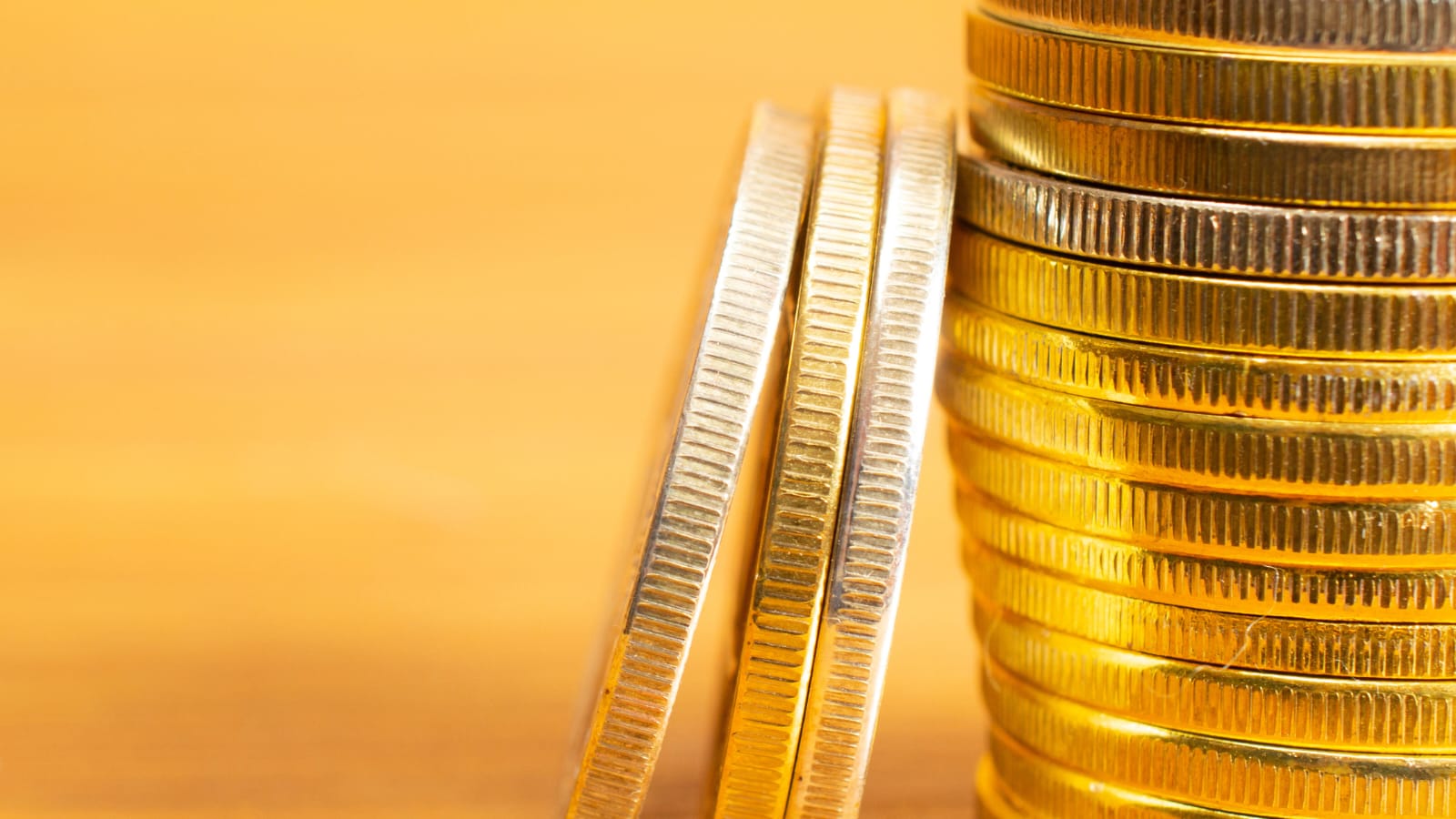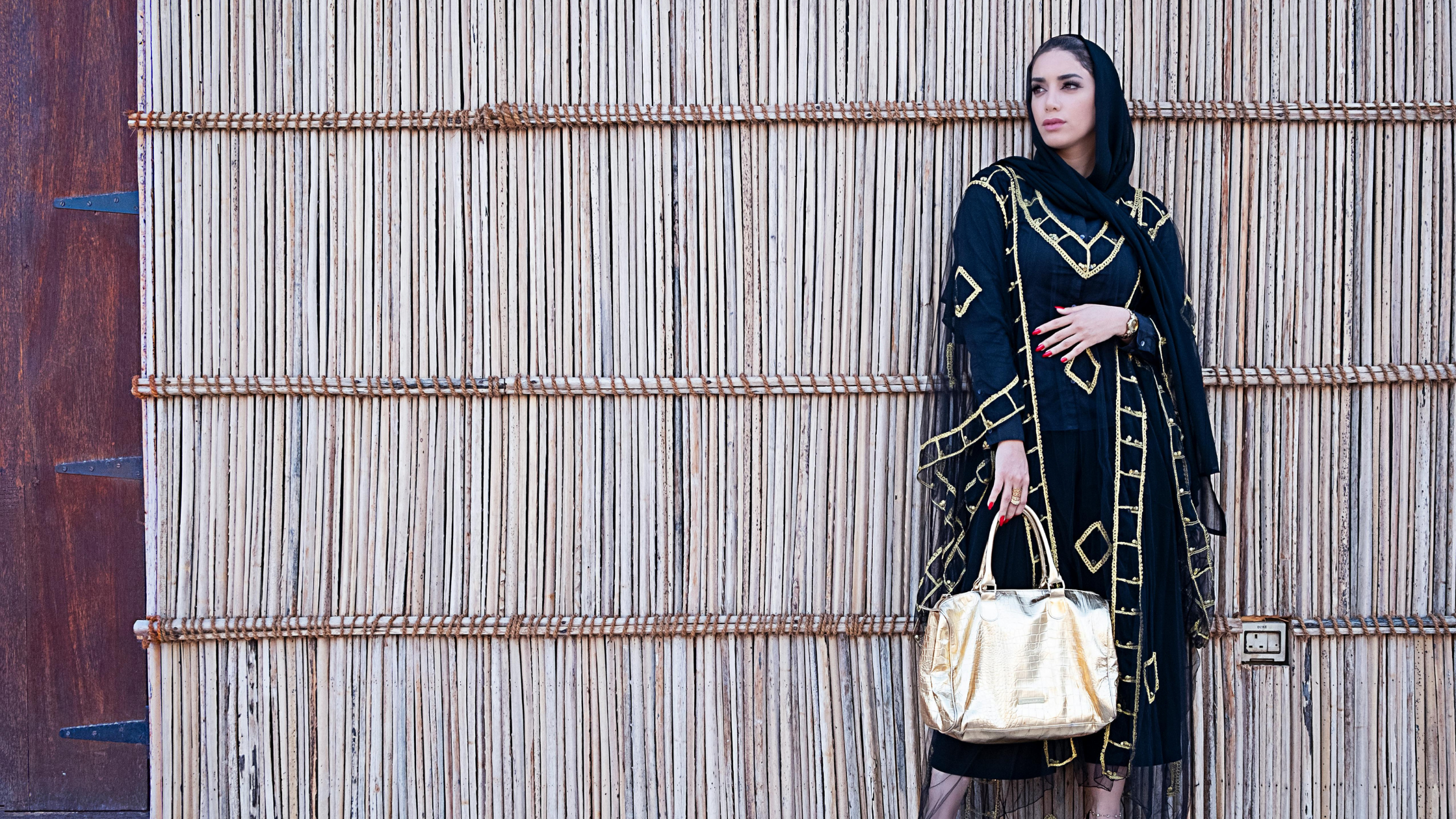Dubai’s 2025 Green Revolution: Sustainable Landscaping Transforms Intersections

In the first half of 2025, Dubai Municipality unveiled an ambitious series of landscaping and afforestation projects valued at Dh190 million, transforming over 3 million square meters of major intersections and roadways across the emirate. These initiatives are a cornerstone of Dubai’s vision to enhance its urban aesthetics, boost sustainability, and elevate the quality of life for residents and visitors. By integrating smart irrigation systems, native trees, and ornamental plants, Dubai is redefining its public spaces to align with the Dubai Quality of Life Strategy 2033. This article dives into the details of these transformative projects, highlighting their environmental, aesthetic, and technological advancements.
A Green Vision for Dubai’s Urban Landscape
Dubai’s commitment to becoming a leading sustainable global city is evident in its latest landscaping endeavors. Spanning key locations such as Al Khail Road, Sheikh Zayed Road, and Al Khawaneej Street, these projects aim to create a vibrant urban environment that balances modernity with nature. According to Marwan Ahmed bin Ghalita, Director General of Dubai Municipality, these initiatives are designed to enhance the emirate’s urban identity while promoting sustainable practices. By planting over 300,000 trees and seedlings and incorporating 222,500 square meters of ground covers and flowers, the municipality is setting a new standard for green urban development.
Strategic Locations for Maximum Impact
The landscaping projects target high-traffic areas to maximize visibility and impact. Key sites include:
- Al Khail Road and Latifa bint Hamdan Street Intersection: A focal point for aesthetic enhancements, featuring vertical lighting inspired by traditional Arab architecture. These lights change colors during national events, adding a dynamic visual element.
- Sheikh Zayed bin Hamdan Street and Tripoli Street Intersection: A blend of native and ornamental plants to create a welcoming urban space.
- Sheikh Rashid Street (from Sheikh Khalifa bin Zayed Street to Al Mina Road): Enhanced with sustainable greenery to improve the aesthetic appeal.
- Sheikh Zayed Road (7th Interchange, entry from Abu Dhabi): A key entry point to Dubai, unified with decorative fencing that reflects the emirate’s identity.
- Al Khawaneej Street and Al Amardi Street Intersection: Showcasing native trees adapted to the local climate.
These locations were chosen to enhance Dubai’s aesthetic appeal while ensuring environmental sustainability through carefully selected plant species and innovative irrigation technologies.
Sustainable Practices at the Core
A hallmark of these projects is their focus on sustainability. Dubai Municipality has implemented smart irrigation systems powered by Internet of Things (IoT) technology. These systems feature underground pump designs to optimize surface space and are connected to remote-control networks for real-time monitoring. This ensures water-use efficiency, a critical factor in Dubai’s arid climate. By prioritizing sustainable irrigation practices, the municipality is reducing water waste while maintaining lush, green landscapes.
The choice of plant species further underscores Dubai’s commitment to environmental stewardship. The projects incorporate native trees such as sidr, ghaf, and neem, which are well-adapted to the local climate and require minimal water. These are complemented by ornamental varieties like chorisia, washingtonia, royal poinciana, millingtonia, albizia, and bougainvillaea, adding vibrant colors and textures to the urban landscape. Many of these plants are cultivated in Dubai Municipality’s nurseries, ensuring quality and consistency.
Aesthetic Enhancements for a Unique Urban Identity
Beyond environmental benefits, the projects aim to elevate Dubai’s urban aesthetics. Bader Anwahi, CEO of the Public Facilities Agency at Dubai Municipality, emphasized the importance of creating a distinctive urban identity. The municipality has unified the aesthetic of Dubai’s main entry points with decorative fencing and carefully curated color schemes that reflect the emirate’s cultural heritage. These elements provide visitors with a welcoming sense of arrival and reinforce Dubai’s reputation as a city that blends tradition with innovation.
The Al Khail Road and Latifa bint Hamdan Street intersection stands out as a prime example of this approach. The vertical lighting, inspired by Arab architectural motifs, not only enhances the visual appeal but also serves as a dynamic feature that celebrates national occasions. This integration of creative design with functional landscaping sets Dubai apart as a city that prioritizes both form and function.
A Growing Green Footprint
By the end of the first quarter of 2025, Dubai Municipality was managing an impressive portfolio of green assets:
- 5.5 million trees and seedlings: A testament to the municipality’s commitment to afforestation.
- 8.7 million square meters of green areas: Providing residents with accessible, natural spaces.
- 2 million square meters of seasonal flowers: Adding seasonal vibrancy to public spaces.
- 6.3 million square meters of ground covers: Enhancing soil health and reducing erosion.
- 1.3 million linear meters of plant fencing: Creating natural boundaries that blend with the urban landscape.
In 2024 alone, the municipality planted 216,500 trees, averaging 600 new trees per day. The total green space increased to 391.5 hectares in 2024, up from 234 hectares in 2023, marking significant progress in Dubai’s greening efforts.
Aligning with Dubai’s Quality of Life Strategy 2033
These landscaping projects are a key component of the Dubai Quality of Life Strategy 2033, which prioritizes the urban environment as a pillar of sustainable development. By creating vibrant public spaces, the municipality aims to enhance the well-being of residents and visitors. The initiatives align with global sustainability standards, ensuring that Dubai remains a leader in innovative urban planning.
The focus on native and climate-adapted plants not only reduces maintenance costs but also supports biodiversity in the region. The use of smart technologies like IoT-based irrigation systems further demonstrates Dubai’s forward-thinking approach to urban greening.
Challenges and Future Outlook
While the projects have been largely successful, challenges such as water scarcity and extreme temperatures remain. Dubai Municipality’s use of smart irrigation and climate-adapted plants addresses these issues effectively, but ongoing innovation will be key to sustaining these efforts. Future projects may explore additional green technologies, such as solar-powered irrigation or vertical gardens, to further enhance Dubai’s urban landscape.
Looking ahead, Dubai Municipality plans to expand its afforestation efforts and continue integrating smart technologies to create a resilient urban ecosystem. These initiatives will not only beautify the city but also contribute to global sustainability goals, positioning Dubai as a model for other cities in the region.







